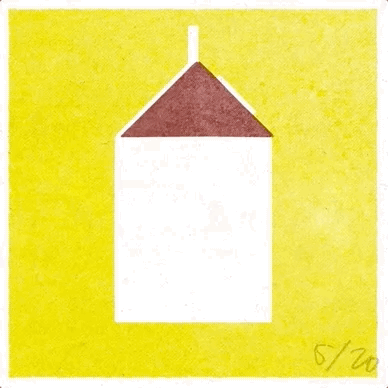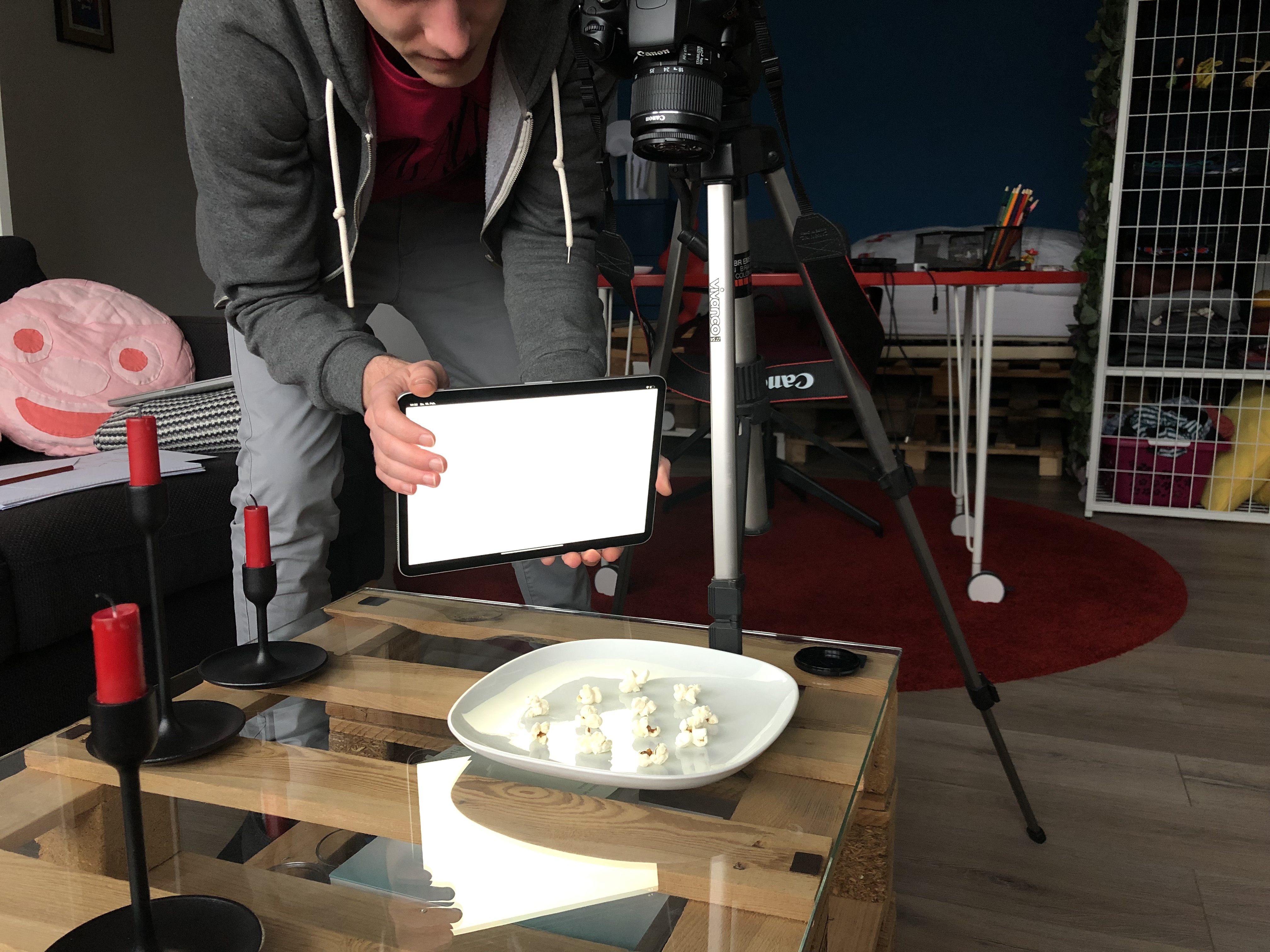Please contact philipp@kamibox.de for promo codes / Testflight
Release iOS: December 18, 2019
Release Android: January 1, 2023
Apple Design Award, 2020
IGF Grand Prize (Honorable Mention), 2020
IGF Excellence in Visual Art (Honorable Mention), 2020
IGF Nuovo Award (Nominee), 2020
Deutscher Computerspielpreis, Best Mobile Game, 2020
PLAY20 Most Creative Game, 2020
ITFS Animated Games Award, 2020
D.I.C.E. Mobile Game of the Year (Nominee), 2021
Ludicious Runner’s Up, 2020

















Right-click > Download for full resolution
Song of Bloom A tale in pieces - - - STORE DESCRIPTION Song of Bloom is an intense tale about solitude, packed into a short, handcrafted experience. Playfully explore a story, told in rapidly changing art styles, find out how to interact, and uncover what happened. - - - SUMMARY Song of Bloom is an intense narrative puzzle game. Intense, as a mashup of styles and interactions, to mirror the protagonist’s emotional world. Narrative, as a playful comment on our culture, with all its benefits and mistakes. IDEA Song of Bloom tells the story of a young person that is hallucinating. It begins as an abstract story, and eventually reveals the thoughts and development of the protagonist. The game is non-linear, and begins from zero, each time the player finishes one of the 18 scenes. These scenes give hints to each other, and build up a complex, tree like structure, that is the center piece of the game. They are shown as a literal tree and serve as some kind of main menu and map. GAMEPLAY The game breaks away from standards in terms of controls, gameplay and design. It is a genuine mobile experience, and understands the device as its real context – It’s not a story, told behind a screen, it rather IS the story. It plays with the expectations of the player, and animates them to playfully explore the scenes. The game makes use of the whole device: It begins as a game, mainly controlled with known touch gestures, developing into something that is controlled through the whole device – gyroscope, volume buttons, charging cable. DESIGN The game features 18 different art styles that change rapidly. Each art style is being controlled in another way. For the game, I made clay animations, knitted, crafted, carved, modeled, photographed, shot films, painted and sketched. The wide variety of styles force a visual overkill and suck the player into the mind of the protagonist. INDIVIDUALITY Song of Bloom is not only personal, it is individual. That happens through the close way of storytelling, and the fact that it is different for every player. What mobile devices lack of cinematography, they compensate through their usage: The owner identifies much more with their phone than their TV. The game finds out the name of the user by analyzing the device name, and tells the story with a correspondingly male or female voice. In one scene, the character forgot his own name – here, the actual name of the user is not only shown, it is read out fluently in the spoken text. Another scene with a calendar shows today’s date. On the gameplay side, the player is determining how hard the game is. While the game itself can be solved without any help, the tree allows the player to get two layers of hints, and never feels lost. This helps to stay in the stream-of-conciousness-like state. STORY The story unfolds with the game. The main scene is quite abstract, but it gets clearer towards the end. It can be solved by drawing elements on the films, revealing what happened: The protagonist felt misunderstood, and has left the earth to live on another planet. Now, their resources are nearly exhausted. The protagonist climbs a mountain to plant the tree mentioned above, that is a metaphor of their memories of earth. SOUND While the game’s imagery is extremely diverse, the music is a red thread. Composed by Wojtek Slawinski, the game has a soundtrack that evolves with the game. Altering the story makes the music switch its instruments to underly it with the right atmosphere. TECHNICAL BACKGROUND The development of the game has been an experimental journey, like a very long jazz improvisation. I began with developing a 3D from a 2D engine, and let my faults and triumphs inspire new gameplay mechanics. From that, I constantly modified the story, found new styles, created references, and weaved a game around that. Some puzzles make heavy usage of the device features, and are different on other devices. For example, one puzzle is solved with touch pressure. On devices without this feature, it is solved with multitouch. (C) Philipp Stollenmayer 2018–2019 / kamibox e.K.
designed, developed and distributed by Philipp Stollenmayer music by Wojtek Slawinski additional music by TheSport, Dr. Shmeliys, Ane Novak special thanks to Joe & Tea, Katja, Bennett, Stu voice acting by Suzie Bodalgo, Daniel Amerman thanks to the testers